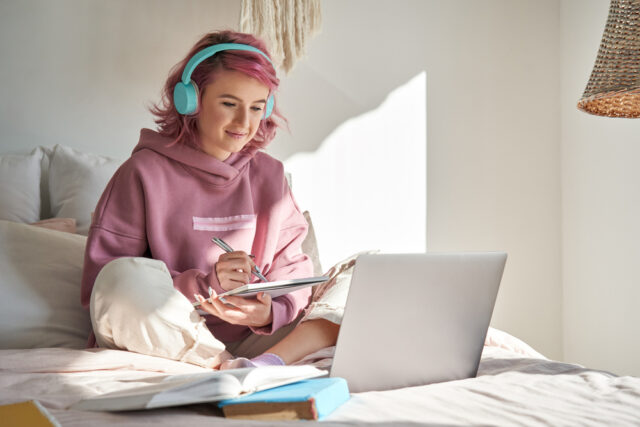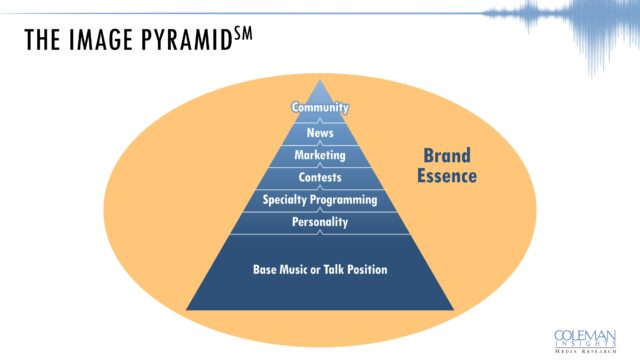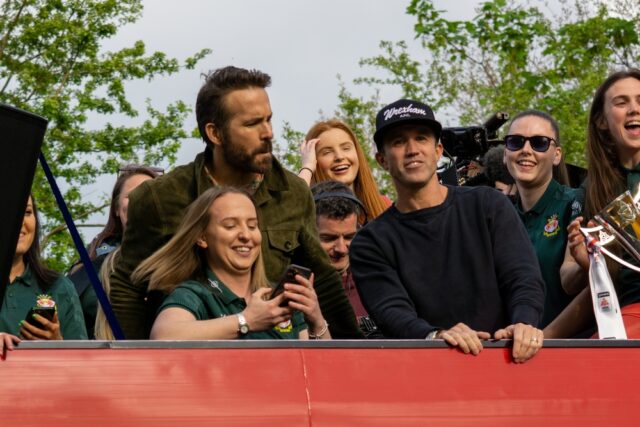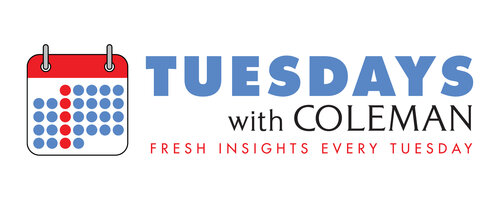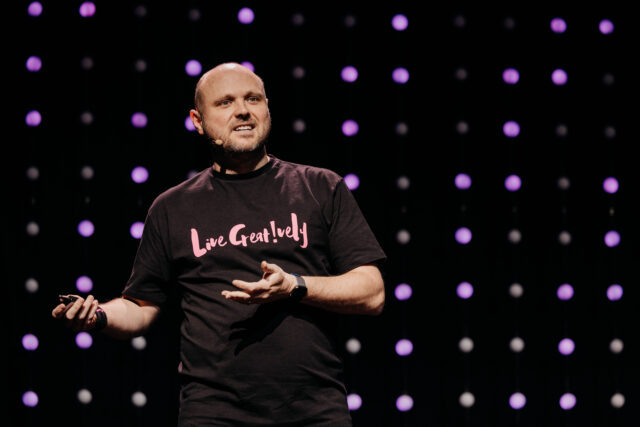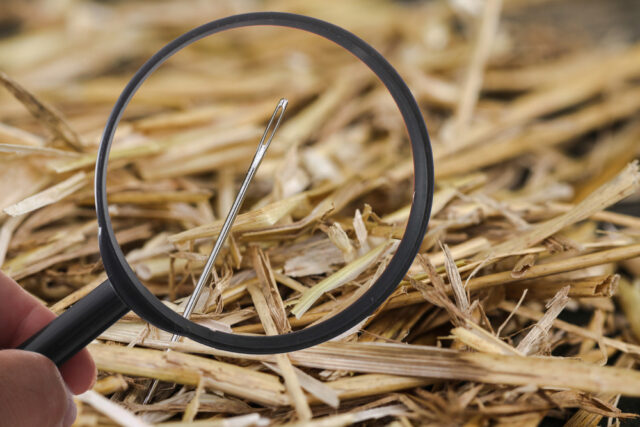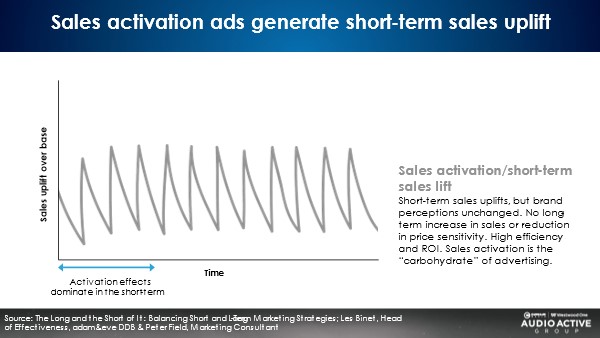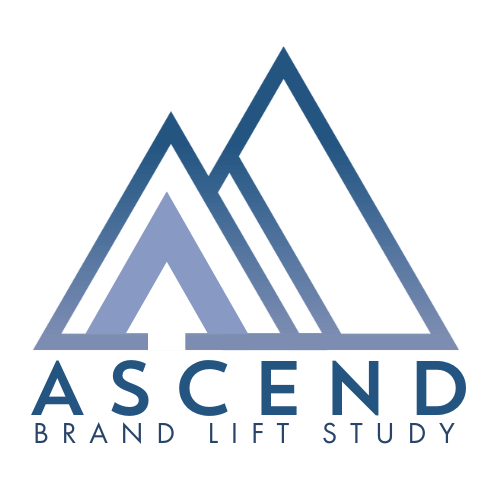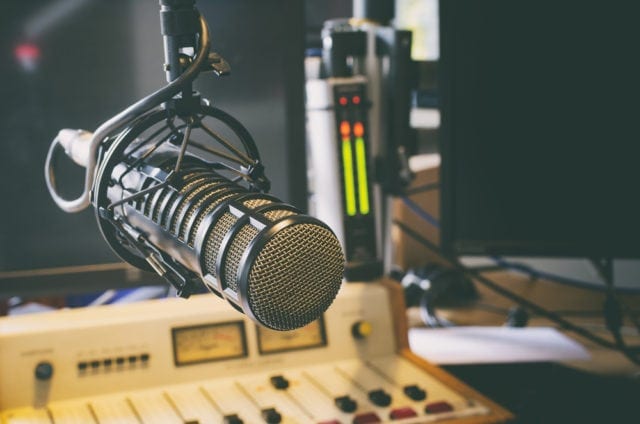To be clear right from the start, we won’t be using this edition of Tuesdays With Coleman to address the political tensions between the United States and Canada. No matter where you stand politically, if you’re in American radio and preparing for Nielsen Audio’s release of the first audience estimates using the new “three-minute rule” later this month, tapping knowledge from our neighbors to the north could serve you well.

Photo credit: viewimage / Shutterstock.com
For the uninitiated, beginning with its release of January 2025 PPM data, Nielsen Audio is changing its rules so that stations will receive credit for a quarter-hour of listening when a panelist listens for at least three minutes during that quarter-hour. That is down from its previous five-minute standard and is part of an effort to align measurement of radio audiences and digital advertising platforms.
In our work with our long-time Canadian clients Stingray Radio, we have gotten to know Cara Golden. Cara is Stingray’s director of research and insights, and when it comes to dissecting audience estimates, she is one of the best in the business. While Nielsen Audio has done an excellent job preparing the industry for this change, we reached out to Cara for a somewhat different perspective on what might change when we see data based on the new system later this month.

Numeris provides radio audience estimates in Canada. They are a non-profit company owned by broadcasters and they use Nielsen’s PPM technology in the country’s largest markets. Unlike Nielsen Audio, however, Numeris reports average minute estimates instead of the average quarter-hour system American radio has used for decades. This got us thinking, “Could analyzing minute-level Canadian PPM data give us any insights into how the new rules might affect American numbers?”
Fortunately, Cara came through for us big time. We collaborated on an analysis comparing radio listening behavior during peak listening quarter-hours across Toronto, Vancouver, Calgary, and Edmonton among those listening for five minutes versus those listening for three minutes. While we won’t get into all the technical details of the analysis here, we will discuss three key things we learned.
More (reported) listening
Nielsen Audio has previously reported the move to the new three-minute standard could increase AQH estimates by 26%. In our analysis, we observed that the total number of hours listened to radio per week increased by 6%. Before you conclude that our lower figure should temper enthusiasm about this change, we must share an important disclaimer. Under the Numeris average minute system, we are only capturing the increased listening from panelists already included in the data set; with the Nielsen Audio AQH system, there will be an influx of Cume listening not previously captured that will drive the number higher. In fact, in our Canadian data analysis, we found that dropping the reach condition from five minutes to three minutes increased radio Cume levels by 18%.
It’s safe to say that no matter what, reported radio listening levels will increase significantly.
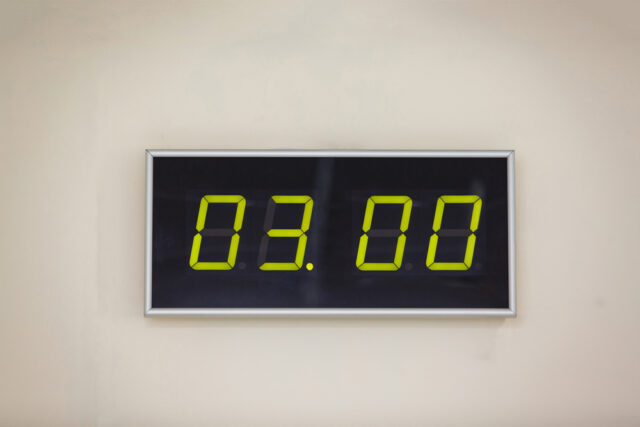
Everybody wins
In addition to the overall increase in radio listening, our analysis also shows that stations of all kinds should see their AQH audiences grow. Across 11 major format groups in our analysis, average increases in total hours ranged from 3% to 14%.
Some win more than others
Conventional wisdom is that the “three-minute rule” will benefit stations that generate listening by attracting large Cume audiences versus those that do so through higher Time Spent Listening. Our analysis suggests this thinking is on target.
Of the 11 format groups we analyzed, Mainstream AC, AOR, and CHR stations achieved the biggest increases in listening. Conversely, we saw the smallest increases for Sports, News/Talk, and Country stations. The remaining format groups—Hot AC, All News, Alternative, Classic Hits, and Classic Rock—were in the middle. (Note that formats that are prevalent in the US, including formats that focus on Black or Hispanic audiences, or that offer religious programming, are not widely available in Canada.)
Thus, while every station can expect increases in their AQH audiences when Nielsen Audio implements the “three-minute rule,” some will benefit more than others. This will affect the AQH Share estimates that programmers often focus on and may push high Cume/low TSL stations to the top of the rankers in many markets.
A final note of caution
The goal of our analysis is not to predict the outcome of Nielsen Audio’s rule change; it simply raises possibilities we should be on the lookout for when Nielsen releases the January data. Also, in addition to the format availability differences noted above, there are other differences between the Canadian and American radio markets, including significantly different ethnic makeups and the presence of fewer stations in radio markets in Canada versus those in the States.
We look forward to dissecting the new numbers from Nielsen and thank Cara and the leadership at Stingray Radio for supporting this investigation.




